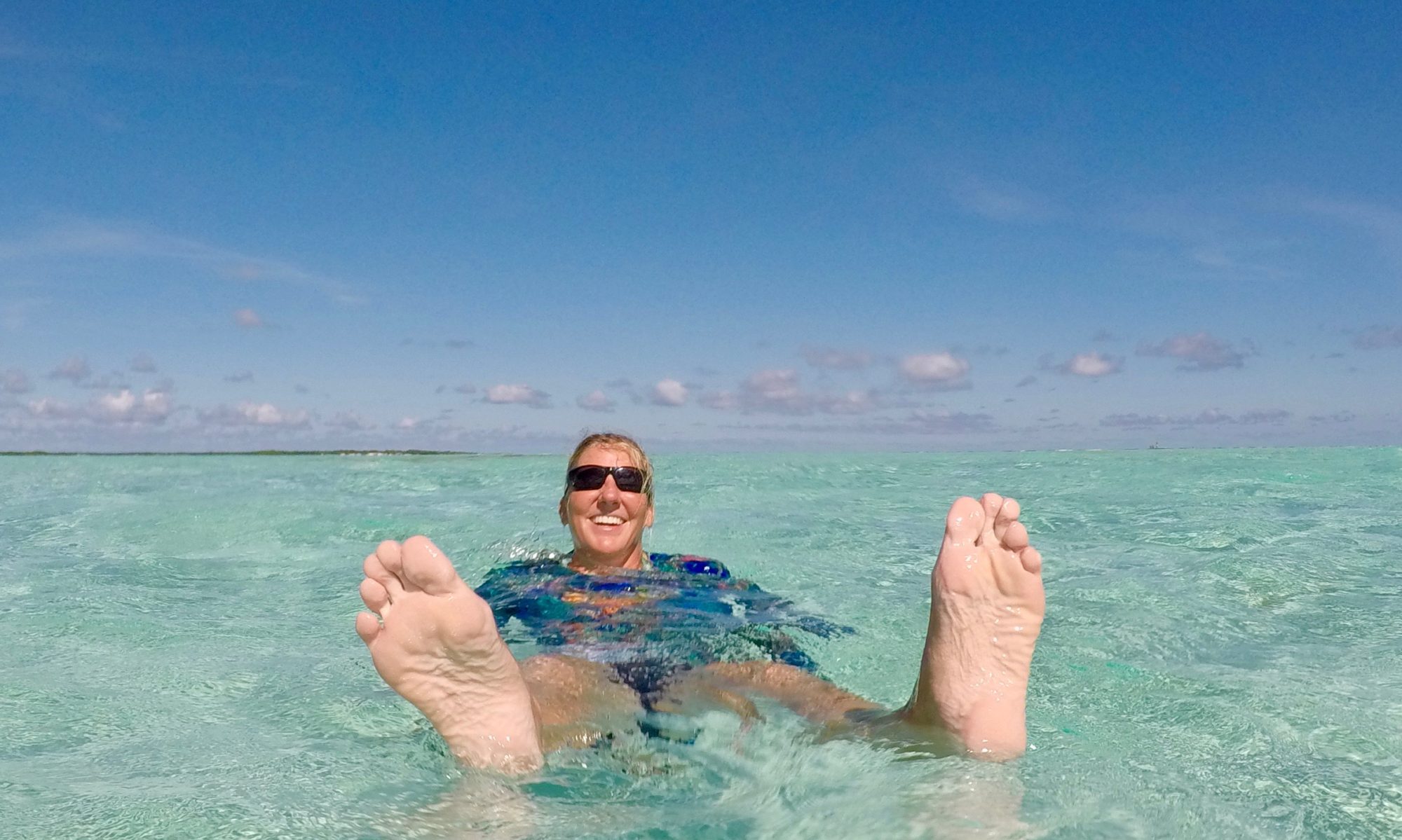Sei Whales
The Sei whale is a Baleen whale that is one of the fastest whales in the world. It also is the third largest rorqual after the blue whale and the fin whale. The sei whale lives in most of the oceans and adjoining seas. The sei whale however doesn’t live in polar and subtropical waters. Sei whales live to around 70! The scientific name for the sei whale is the Balaenoptera borealis.
The sei whale’s diet consists of zooplankton, copepods, krill and other shrimp like animals. The sei whale eats around 2000 lbs of food a day! The sei whale is very fast reaching up to 31 mph to catch fish and krill.
The average size for a sei whale is 13.7 m for males and 15 m for females. They males weigh around 17 tons and the females weigh 18.5 ton. The pups at birth are 4.4–4.5 m (14–15 ft ) in length and sei whales usually have one pup every 2-3 years. They sometimes have twins but that’s pretty rare. The sei whale is a dark grey color on the top of their body with spots of lighter color. Their underside is either a light grey or an off white-ish color. They have a dorsal fin that is small and shaped like a dolphins. Their tail is thick and their fluke is pretty small compared to their body.
Sei whale usually travel alone, or they travel in a pod up to 6 individuals. Sei whales are almost never seen with their flukes out of the water, they also rarely breach. Sei whales don’t look too dissimilar to the Byrd whale, but the byrd whale is slightly smaller. Sei whales aren’t very great divers and they normally go to slightly deeper water for around 5-15 minutes. They blow their blowhole every 45-90 seconds, and unlike fin-whales they tend to try to not lift themselves out of the water and instead, they stay fully in the water.
The sei whale feeds near the surface of the water using its baleen plates to suck water and food in and then pushing out everything that was in its mouth. When everything gets pushed out the water leaves but the food and little particles get stuck in between the plates. The whales eat whats left after the water is gone. The sei whale competes for food against, the clupeid fish ( such as herring), the basking whale, and right whales.
The sei whale was hunted nearly to extinction by people all around the world. In 1979, the whales became protected in most places. The sei whale in now endangered and is protected almost everywhere. The current population is around 80,000 sei whales in the wild. Scientists think there were about three times as many sei whales in the wild before whaling.
I feel so lucky that I got to see a sei whale in the Sea of Cortez. It was truly an amazing experience to see something so big, graceful, powerful, and beautiful. It was truly a once in a lifetime experience.



 During the COVID lockdown we have learned to appreciate the small exciting moments as they come. Last week, we had the most exciting 24 hours in the past 4 months. This was the day that we decided to pull out some shark teeth. If you haven’t already read it, go check out Lucy’s previous post as she highlights our extraordinary dentistry skills. We were all pretty tired after a full day in the sun and we were finally getting the smell of rotting shark flesh out of our heads.
During the COVID lockdown we have learned to appreciate the small exciting moments as they come. Last week, we had the most exciting 24 hours in the past 4 months. This was the day that we decided to pull out some shark teeth. If you haven’t already read it, go check out Lucy’s previous post as she highlights our extraordinary dentistry skills. We were all pretty tired after a full day in the sun and we were finally getting the smell of rotting shark flesh out of our heads. 








